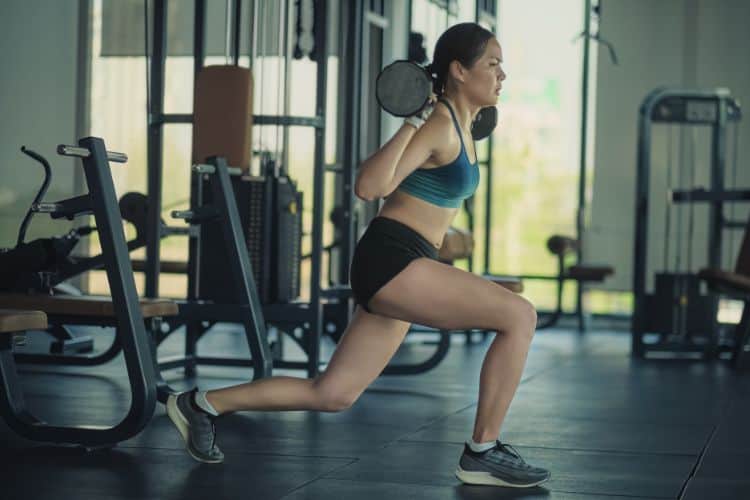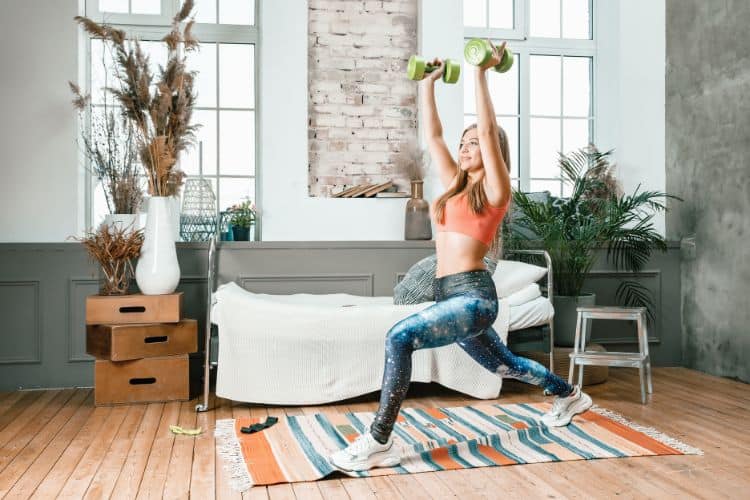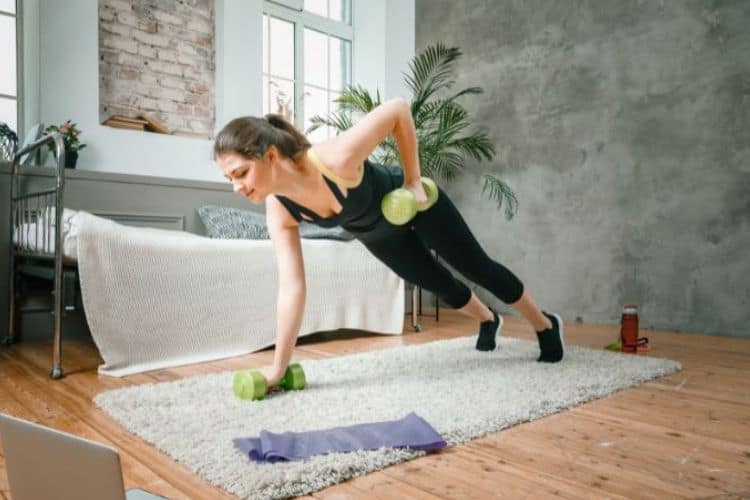Sign up for workout ideas, training advice, reviews of the latest gear and more.






Physical activity is a universal remedy, regardless of age or gender. It can bring about a remarkable transformation in your life – physically, emotionally, and mentally. For women in particular, integrating regular physical activity into daily routines can have unique and powerful benefits. It’s about time we prioritize our health and well-being, and truly understand the importance of physical activity in achieving this.
Physical activity is not just about losing weight or fitting into your favorite pair of jeans. It goes much beyond superficial measures. It’s about longevity, vitality, and quality of life.
The World Health Organization underscores the importance of physical activity, recommending at least 150 minutes of moderate-intensity exercise or 75 minutes of vigorous-intensity activity each week. These numbers aren’t arbitrary, they’re based on rigorous research indicating that regular PA reduces the risk of a multitude of diseases including heart disease, stroke, type 2 diabetes, and even some types of cancer.
For women, these general health benefits are paired with unique advantages. Regular physical activity can assist with menstrual discomfort, reduce the risk of osteoporosis (a condition that women are more susceptible to), help manage symptoms of menopause, and may even contribute to reducing the risk of breast and ovarian cancer.
Physical activity doesn’t just influence your body; it has profound effects on your mental health too. Engaging in regular exercise is associated with reduced symptoms of depression and anxiety. Physical activity helps trigger the release of endorphins – chemicals in the brain that act as natural mood lifters.
Postpartum women can particularly benefit from physical activity, as it can help cope with baby blues and postnatal depression. Additionally, the social interaction that often comes with group exercises can alleviate feelings of isolation, fostering a sense of community and support.
As women age, our bodies go through significant changes. Menopause, along with aging, can lead to a decrease in bone density and muscle mass. Regular physical activity can slow down these changes, contributing to stronger bones, improved muscle tone, and better balance and flexibility, reducing the risk of falls and fractures.
Exercise can also support brain health in older women. Research suggests that physical activity can slow cognitive decline and potentially reduce the risk of Alzheimer’s disease and other forms of dementia.
Many women are daunted by the prospect of initiating a fitness regimen. The key is to start slow and gradually increase the intensity and duration. Find an activity that you love — be it dancing, yoga, swimming, or cycling. The more you enjoy it, the more likely you are to stick with it.
Strength training is also important for women. It can increase resting metabolic rate, improve body composition, and boost self-esteem. And no, lifting weights won’t make you bulky. That’s a myth! Strength training helps create lean muscle and gives you a strong, toned appearance.
While some prefer working out alone, others find motivation in group activities. Joining a class or fitness group can provide a supportive environment, making the journey more enjoyable. Moreover, incorporating physical activity into your daily routine — such as walking or biking to work, using the stairs instead of the elevator, or doing household chores — can help achieve the recommended physical activity levels.
Remember, it’s essential to listen to your body. If you’re feeling exhausted or experiencing pain, give your body time to rest and recover.
One of the primary challenges women face when it comes to physical activity is finding the time. Between work, family responsibilities, and social commitments, carving out time for exercise can seem like an impossible task. However, keep in mind that even short bursts of PA, like a 10-minute walk or a quick HIIT workout, can be beneficial.
Another challenge is the societal pressure for women to look a certain way. This can lead to an unhealthy relationship with exercise and body image. Remember, the goal of physical activity is to improve health and well-being, not to conform to unrealistic beauty standards.
Embracing physical activity as a part of your lifestyle is a powerful step towards improved health and well-being. It’s not about perfection, but progress. Celebrate every step, every stride, and every sweat drop. Because you are not just working on your body, you’re working on a healthier, happier you.
Remember, you’re not alone in this journey. Reach out to friends, join a fitness community, or seek professional help if needed. Every woman’s journey with physical activity is unique. What matters is finding what works for you and making it a part of your life. It’s your time to shine, and PA can be your catalyst for a vibrant, healthy life.
Stay up to date on the latest women’s health, fitness and lifestyle trends and tips.